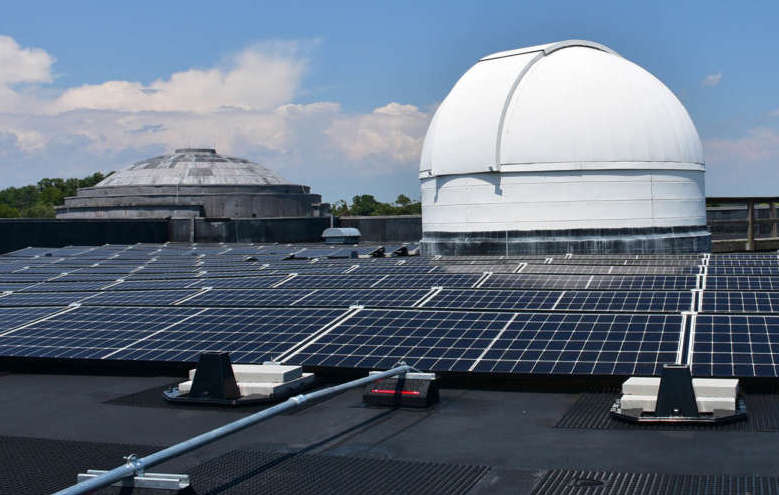Though nothing is sure, there's a chance a rare glimpse of the Northern Lights could be visible in parts of West Virginia this weekend.
The lights are forecast to appear directly over the northern U.S. as far south as Buffalo, N.Y., and Grand Rapids, Mich., according to the National Oceanic and Atmospheric Survey, but they may also be seen on the northern horizon as far south as Huntington and Charleston in West Virginia.
Optimum conditions for seeing the lights—a rarity in West Virginia—may be increased by seeking high-elevation vantage points with low light conditions and unobscured views to the north.
Cloud cover would also mask the lights, though much of West Virginia is forecast to enjoy mostly sunny skies Friday and Sunday and isolated showers Saturday.
Also known as Aurora borealis, the Northern Lights are created by the ionization of the Earth's upper atmosphere, which routinely occurs over the northern polar regions but can travel far south during geomagnetic storms.
The lights are not easy to forecast, due to fluctuations in solar energy during storms.
The probability of a display may best be represented by Kp values, which range from 0 to 9. As of Thursday night, Kp values were expected to reach 5-6 both Saturday and Sunday nights.
You can follow the forecast for an appearance at either Aurora Hunter or Aurora Forecast.
Where to see the Northern Lights in West Virginia

West Virginia enjoys some of the darkest skies in the eastern U.S., thanks to its mountainous terrain and distance from the large metropolitan areas that encircle it. This increases the number of vantage points from which the lights might be visible.
Within the Mountain State extend notably large areas where light pollution is low. These include:
- The rural hill country north of Charleston, east of Parkersburg, and west of Fairmont, Clarksburg, and Morgantown.
- The Allegheny Mountains region along the eastern flank of the state.
- Large parts of the eastern panhandle also enjoy low light.
Some of the very darkest skies in West Virginia open over the Cranberry Wilderness and the Allegheny Front in the Monongahela National Forest.
Sign up to receive a FREE copy of West Virginia Explorer Magazine in your email weekly. Sign me up!



